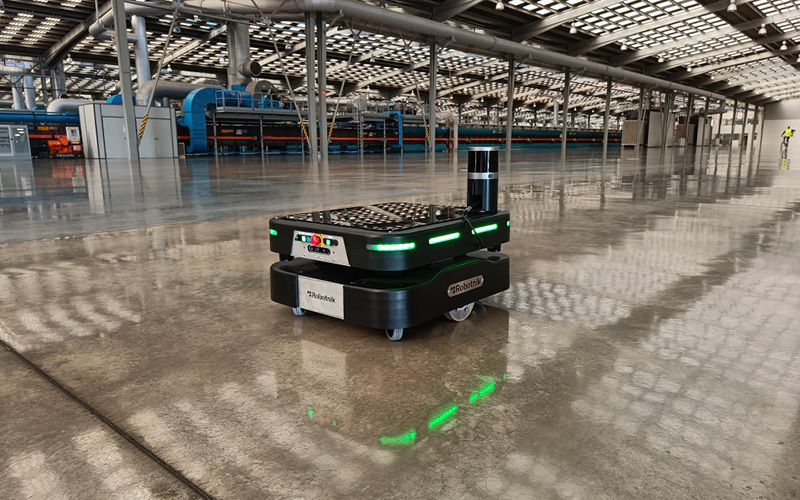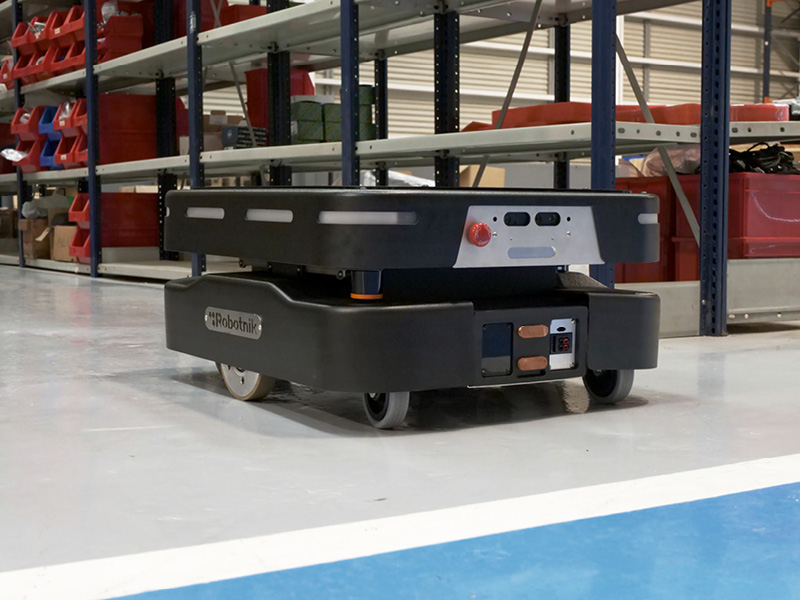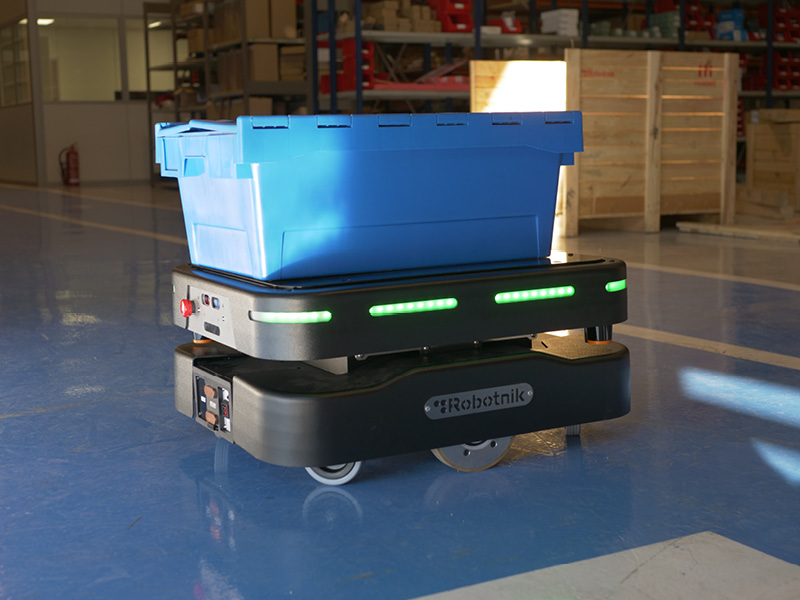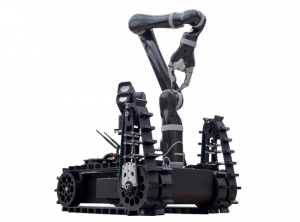
The use of mobile robotics to perform inspection and maintenance tasks is already a reality in many warehouses and the trend is expected to increase in the coming years.
Robotnik’s warehouse stock robots are equipped with sensors, mapping technology and high-precision cameras to collect data and capture detailed images of products or specific warehouse conditions. These features enable them to detect potential errors, which are automatically reported to an operator. Besides monitoring warehouse status, these robots can perform other inspection tasks, making them valuable tools for any warehouse space. For example, stock control robots are capable of early, automated detection of stock-outs, one of the most common problems in the eCommerce sector. Early detection of problems such as out-of-stock or damaged products allows for immediate response and correction of these problems, which in turn reduces costs and improves efficiency in inventory management.
INVENTORY ROBOTS
Mobile robotics is an effective solution for automating the management and tracking of stock in warehouses. The RB-THERON, for example, is able to navigate the warehouse autonomously collecting information that is used to automatically update inventory records, ensuring intelligent inventory management.
These are some of the tasks that can be performed by what we commonly refer to as ‘stock control robots’ like RB-THERON:
- Monitoring inventory levels.
- Detecting product damage.
- Checking product quality.
- Temperature and humidity monitoring.
- Detection of misplaced items.

WAREHOUSE INSPECTION ROBOTS AND OTHER INVENTORY MANAGEMENT SYSTEMS
Warehouse logistics is quite complicated. Therefore, opting for a robust automation ecosystem in which inventory robots can work together with other process automation systems in a coordinated way, is a good option to significantly reduce the time and costs involved in these tasks.
Integrating inspection robots with warehouse management software allows the robots to receive specific instructions and real-time updates on inventory changes, ensuring that the robot sets the tasks it performs based on accurate information, and makes the most appropriate decision in each case.
To conclude, warehouse management robots allow operators to improve the safety and efficiency of their processes, as they can delegate routine and repetitive tasks to the robots while focusing on other more critical tasks, as well as improving the efficiency, accuracy and safety of warehouse operations.



